Fractured Stories – an exclusive British Journal of Photography commission supported by Ecotricity – will give one photographer the opportunity to capture the untold stories surrounding fracking in the UK. With the competition closing on Tuesday 10 July 2018, British Journal of Photography is publishing the last in a series of editorials exploring the subject.
“If you take photographs, make the photographs useful.” These are the words of Ansel Adams, the acclaimed photographer who dedicated his career to documenting the dramatic landscapes of the American West. Through his poignant black and white images, Adams succeeded at safeguarding what became some of the country’s most prized parks and wilderness areas. His work stands as an emblem of the power that photography can wield in drawing attention to environmental issues.
Adams exploited the beauty of the natural environments he documented as a tool to emphasise their importance and ensure their protection. Today, environmental concerns are some of the most pressing issues faced by humanity. Our effect on the planet has been so profound that scientists have declared the advent of the Anthropocene: a geological age defined by the irreversible damage society has inflicted upon the environment.
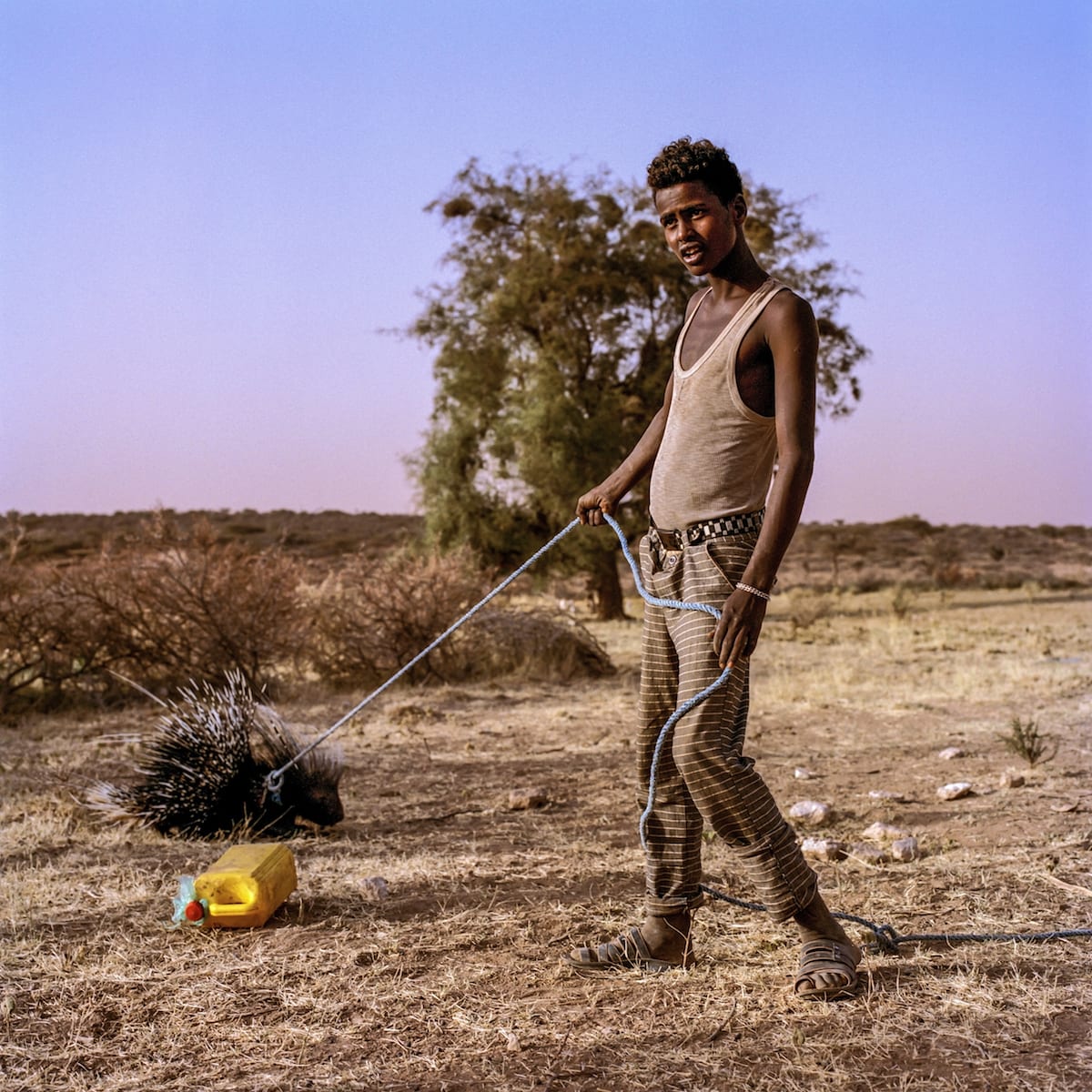
As climate change advances, photographs depicting beautiful landscapes, wildlife and communities ravaged by global warming are manifold. Less common are bodies of work that examine environmental subject-matter in-depth, over extended periods of time. Unlike standalone images, these long-term projects shed light on complex and multifaceted problems, which may be under-represented by the media, or difficult to grasp through the complex statistics and terminology surrounding them.

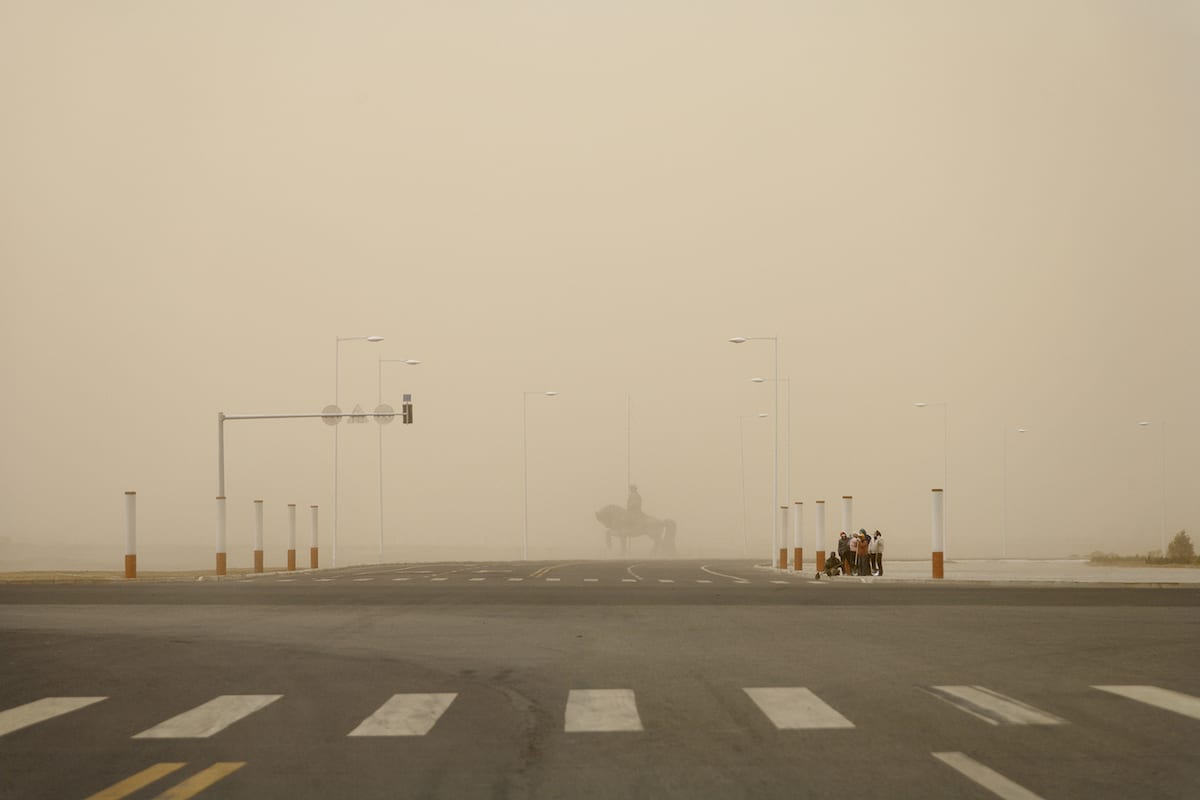
In a similar vein, Fractured Stories will give one photographer the opportunity to create a new body of work investigating fracking in the UK over an extensive project period of six weeks. With the competition closing on Tuesday 10 July 2018, BJP spoke to three photographers – Benoit Aquin, Toby Smith, and Nichole Sobecki – about the power of environmental photography today and their approach to documenting such a weighty subject-matter. In the sections that follow, Aquin, Smith and Sobecki shed light on different aspects of undertaking a long-term environmental project. Their insights should inspire and inform photographers making work concerning environmental issues, including the individual selected for the Fractured Stories commission.
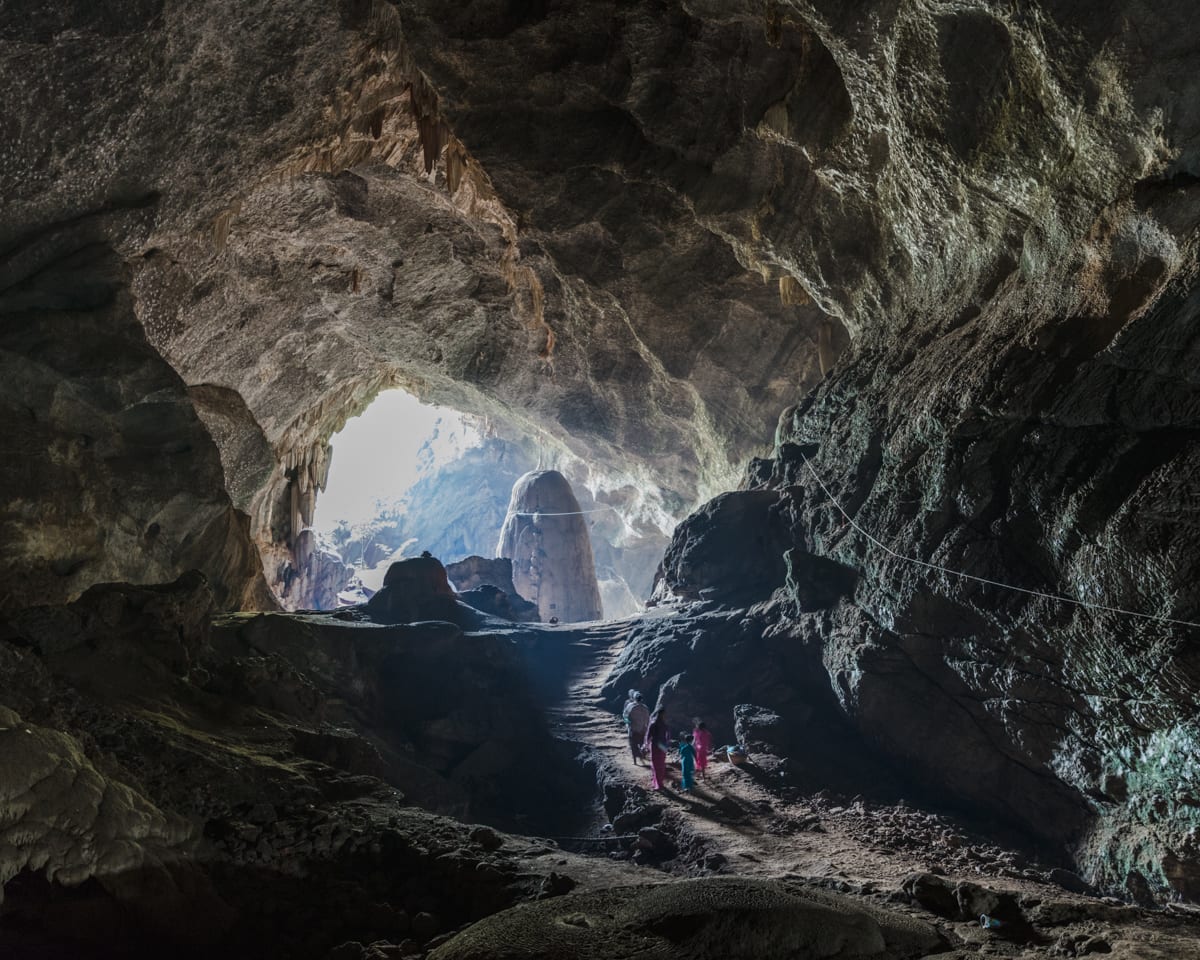
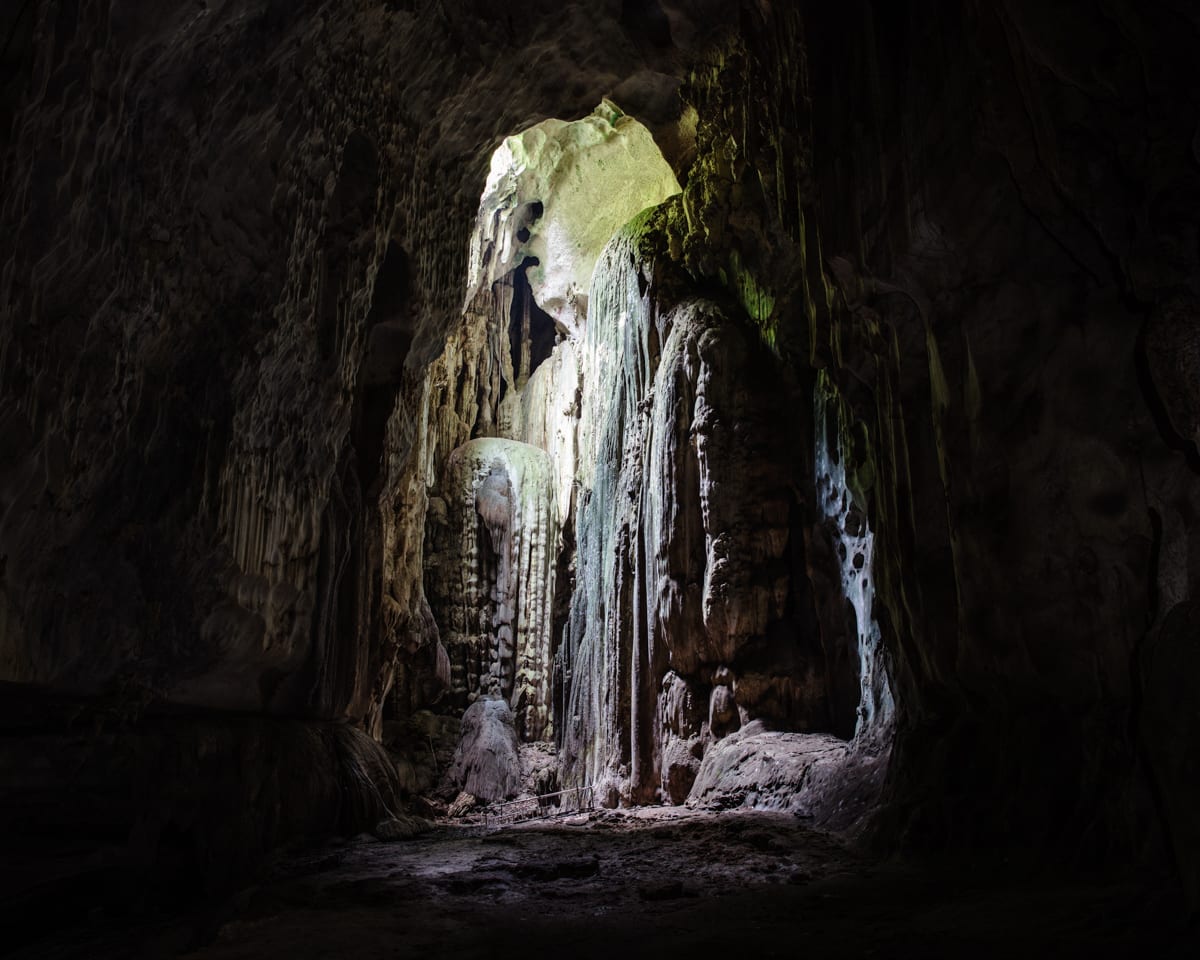
The work of Nairobi-based photographer and filmmaker Nichole Sobecki focuses on issues relating to identity, conflict and human rights; a recent body of work entitled Climate and Conflict, supported by The GroundTruth Project, investigates the human consequences of significant environmental change across Somalia. UK-based photographer Toby Smith works on multimedia projects exploring issues related to the environment. His topics of interest range from illegal logging and mining in Madagascar, to water scarcity across the Himalayas. Montreal-based photographer Benoit Aquin has been travelling the world for 25 years, documenting the struggle between humans and their natural environment. His most recent project Mégantic (2015) explores the human and environmental trauma following the derailment of a train carrying crude oil in Lac-Mégantic, a town in the Eastern Townships region of Quebec, Canada.
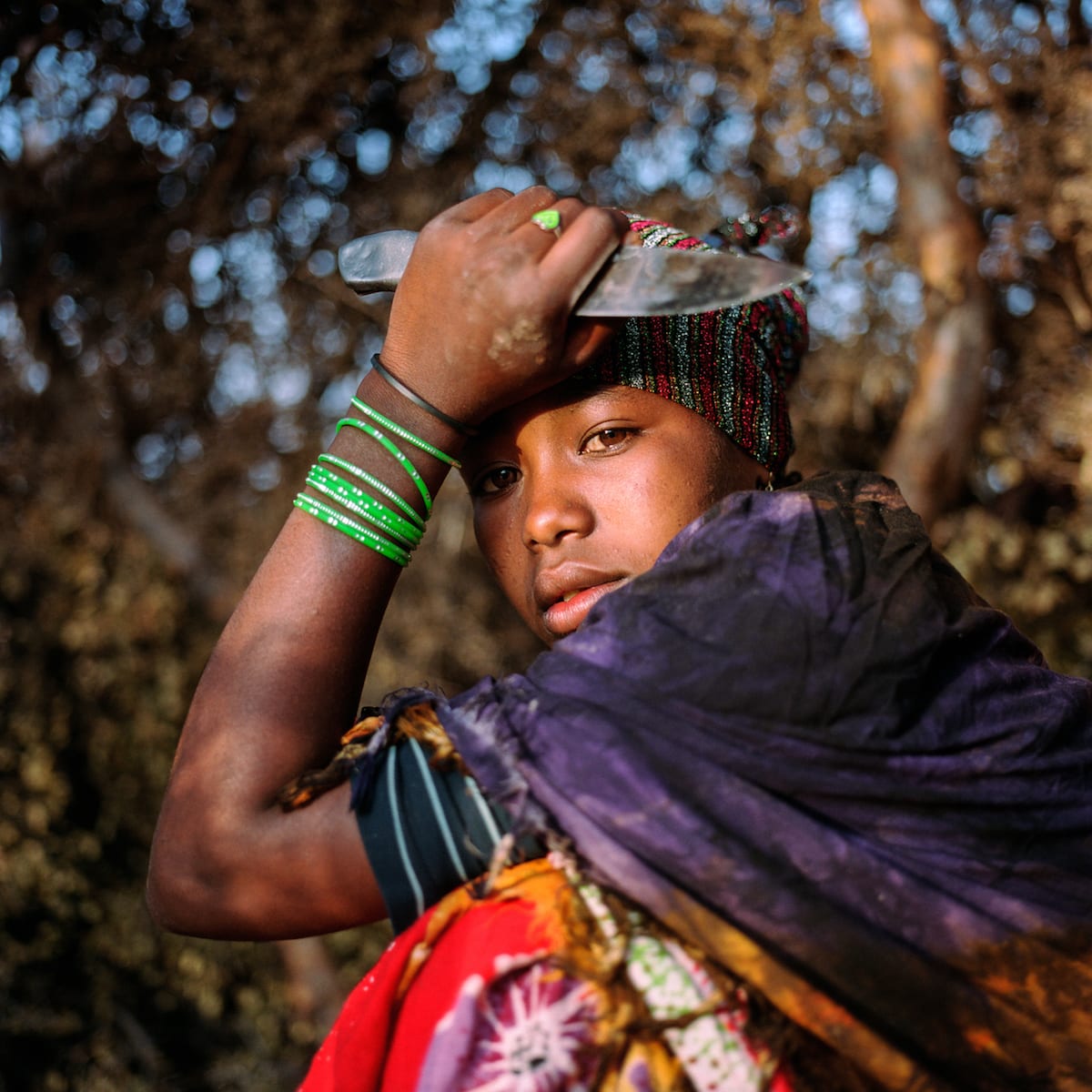
–
Raising awareness and inciting change
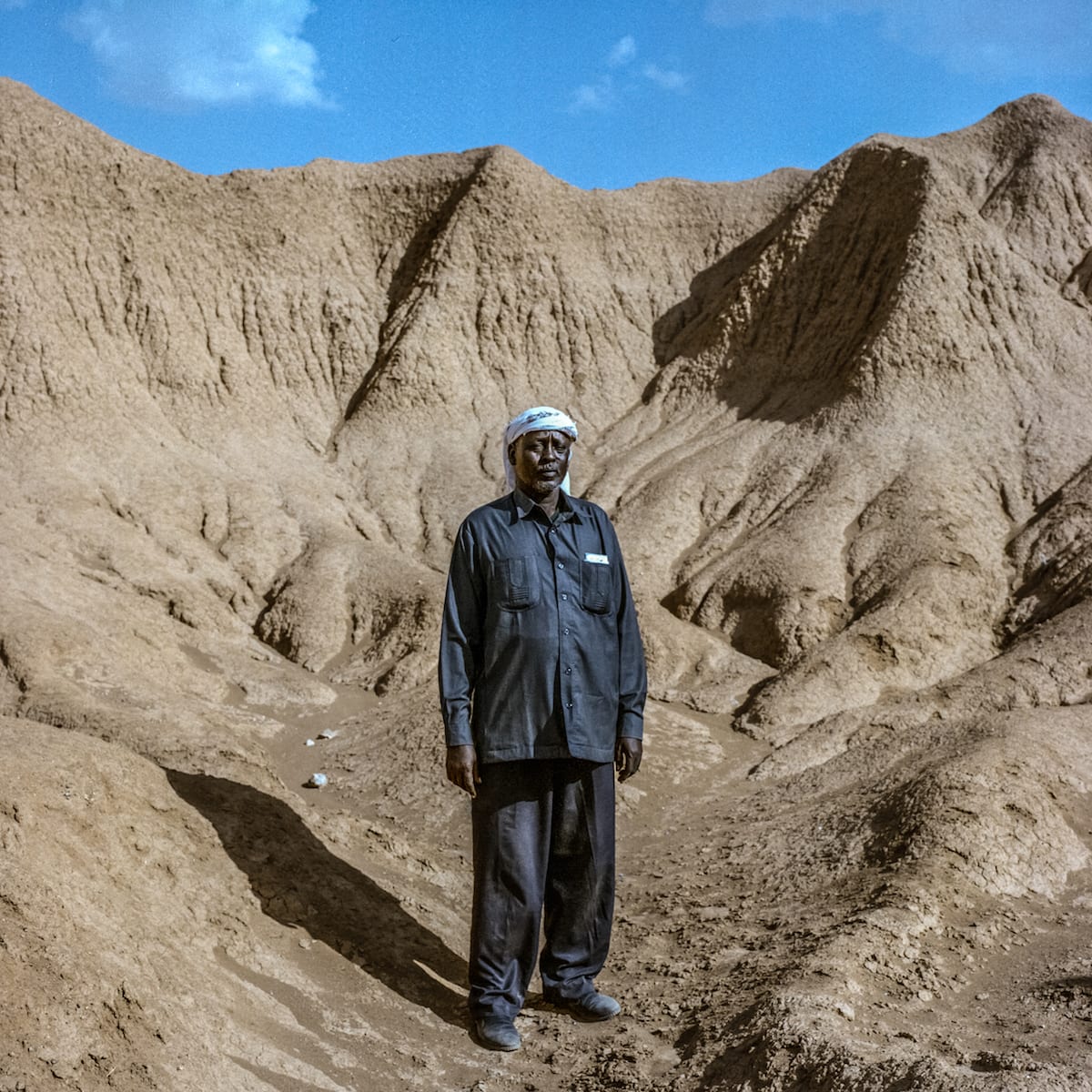
All three practitioners assert the power of photography as a universal medium of communication, transcending language and cultural barriers. “Photography, and the arts, when they are invested with meaning, are powerful tools of communication,” says Aquin. “It is through our understanding of the world that we can gain the capacity to draw attention to environmental or political issues.”
Smith also points to the wide reach of photography in contemporary society. The prevalence of the internet, social media and smartphones means that, today, our engagement with the medium is unmatched. “Strong photography can play a role in anchoring or demonstrating environmental issues,” he says, “promoting them up the algorithm, making them visceral, and enabling them to cut through the visual noise.”
Sobecki regards the medium as an effective method for rendering overwhelming issues – often shrouded in complex statistics and terminology – more comprehensible, and, in doing so, inciting action and change. “In the face of truths that can be overwhelming, it is a very human response to turn away or disengage. The challenge as someone trying to raise the alarm is how you cut through that fear,” she says. “The more we can engage people in the specifics – the humanity of it all and the science – in ways that are relatable and concrete, the more successful we will be in shifting the discourse from apathy to change.”
–
A question of ethics


The question of how to react to, and frame, the sensitive situations one may be confronted with when documenting environmental issues is an important one. Should one endeavour to remain objective, or is it inevitable that the work will be coloured by personal views?
Sobecki emphasises the importance of compassion when meeting with individuals or communities. “It is essential to be sensitive to those who allow you the privilege of witnessing their lives, and to listen deeply to their perspectives and boundaries,” she explains. However, the photographer also acknowledges that her work is inherently subjective: “I’ll never claim objectivity. My role is to go in and make a comment on something.”
Smith strives to present a neutral or apolitical perspective but recognises that this is not always possible given the nature of a subject and the strength of his own views. He also highlights the unavoidable bias involved in selecting subject-matter from a Western viewpoint. “Environmental photographers, like conservationists or policymakers, can easily be accused of arrogance in deciding what and why a subject is important from a ‘foreign’ perspective,” he says.
–
The importance of research
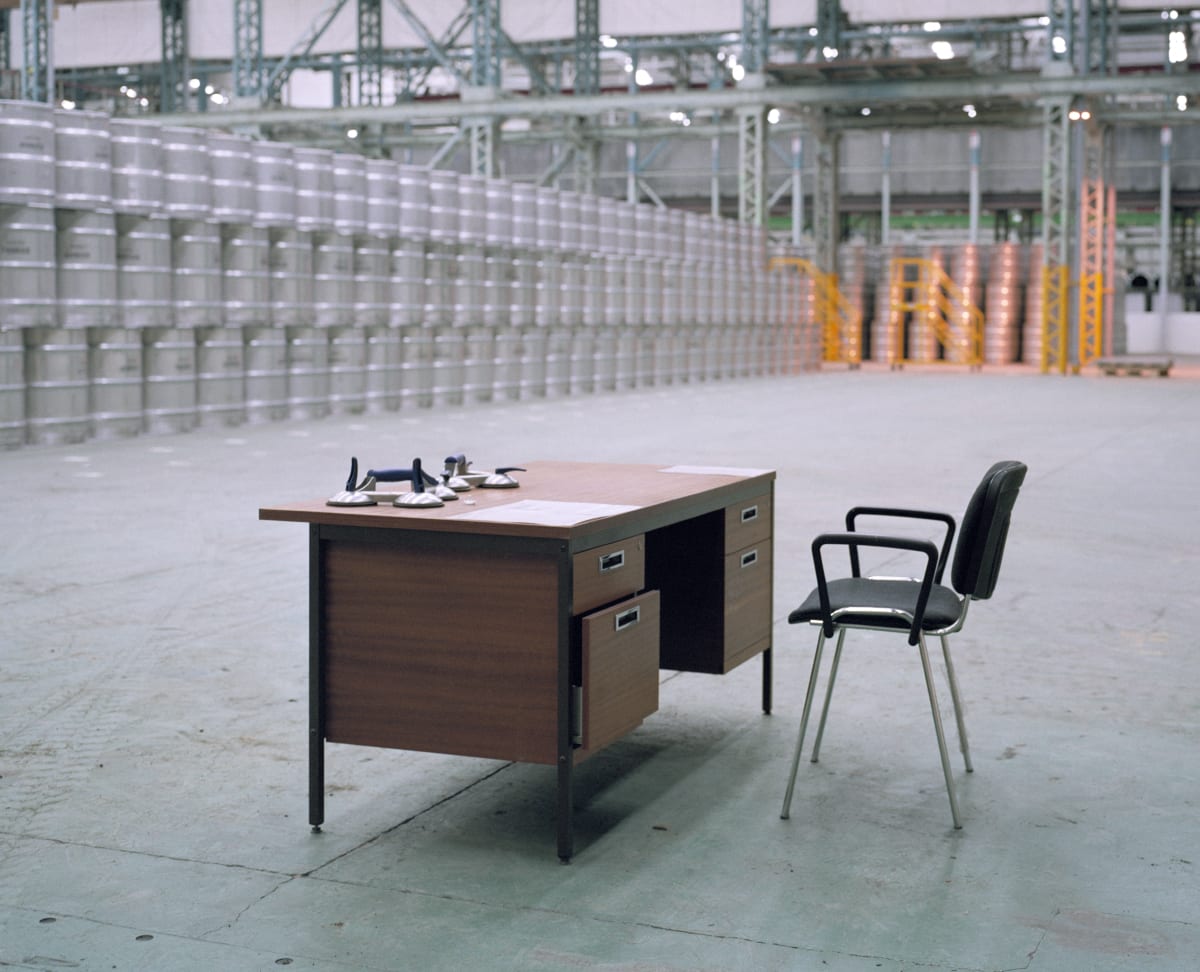
For Sobecki, Aquin and Smith, research is an integral part of any project they undertake. Sobecki has embarked on projects around the world; wherever she is working, the photographer investigates the location in-depth. “I’ll seek out books or articles to enable me to understand the history, politics and economic context,” she says. “Beyond that, I also think it is important to engage with the culture of a place – their art, music and literature –which can offer so much inspiration.”
“Research is critical,” echoes Smith. Initially, he explores an array of resources – online platforms, social media, films, and the work of other photographers and journalists – to uncover gaps in the coverage of a topic and ensure his starting point is original. Following this, Smith delves deeper: “I find particular value in literature, trade articles, annual reports, academic journals and, ultimately, conversations with people at the heart of my projects, and who I meet on location.”
Aquin, who has also worked on projects internationally, takes a slightly different approach: “Research in my work is important. It is not always directly related. Sometimes it can be laterally related,” he explains. “In recent years it has been more philosophical. There has always been a spiritual undercurrent to my work.”
–
The long-term project versus the single image
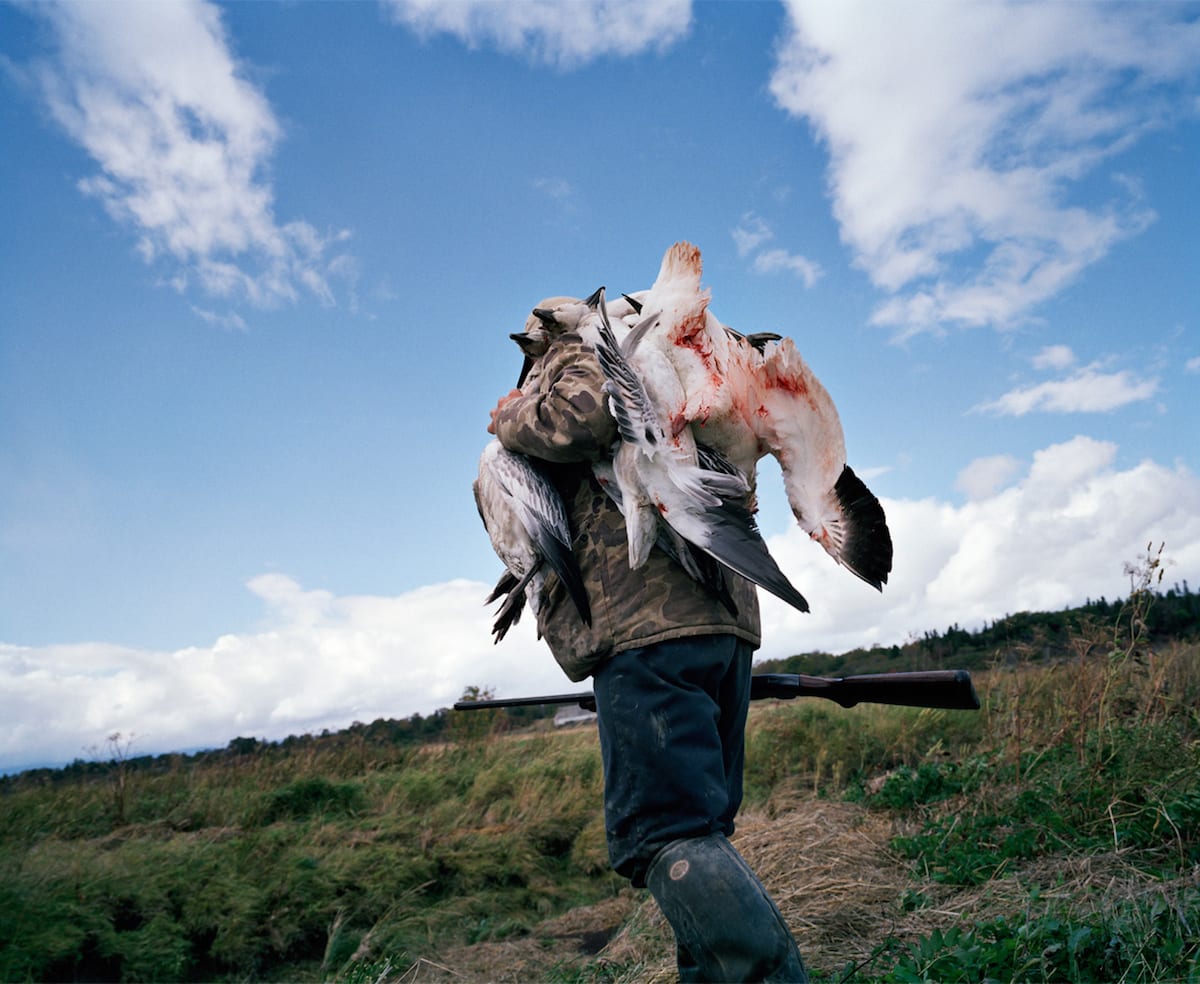
Despite acknowledging the power of the standalone image, all three photographers assert the importance of time for developing a well-rounded and informative project. “A longer photo essay gives a story credibility, depth, understanding, and the opportunity to show different angles, facets or simply scale,” says Smith. “Very few environmental stories could be easily summarised with a single image from any vantage point.”
Aquin – who usually dedicates around five years to each body of work– stresses the benefit of having time to allow the evolution of a project to reflect personal and artistic developments. “A long-term project allows your vision to evolve, grow, and expand as you yourself do,” he explains.
Sobecke values long-term projects for the time they afford her to fully understand a subject. “Understanding comes slowly, and the opportunity to engage with a story, a person or an idea over months or years creates a much deeper, and more emotional connection through one’s images,” she says.
Fractured Stories will give one photographer the opportunity to create their own project exploring the environmental issue of fracking in the UK. The competition is free to enter and open to all photographers. Don’t miss out – the deadline for submissions is Tuesday 10 July 2018, 11:59 (BST).
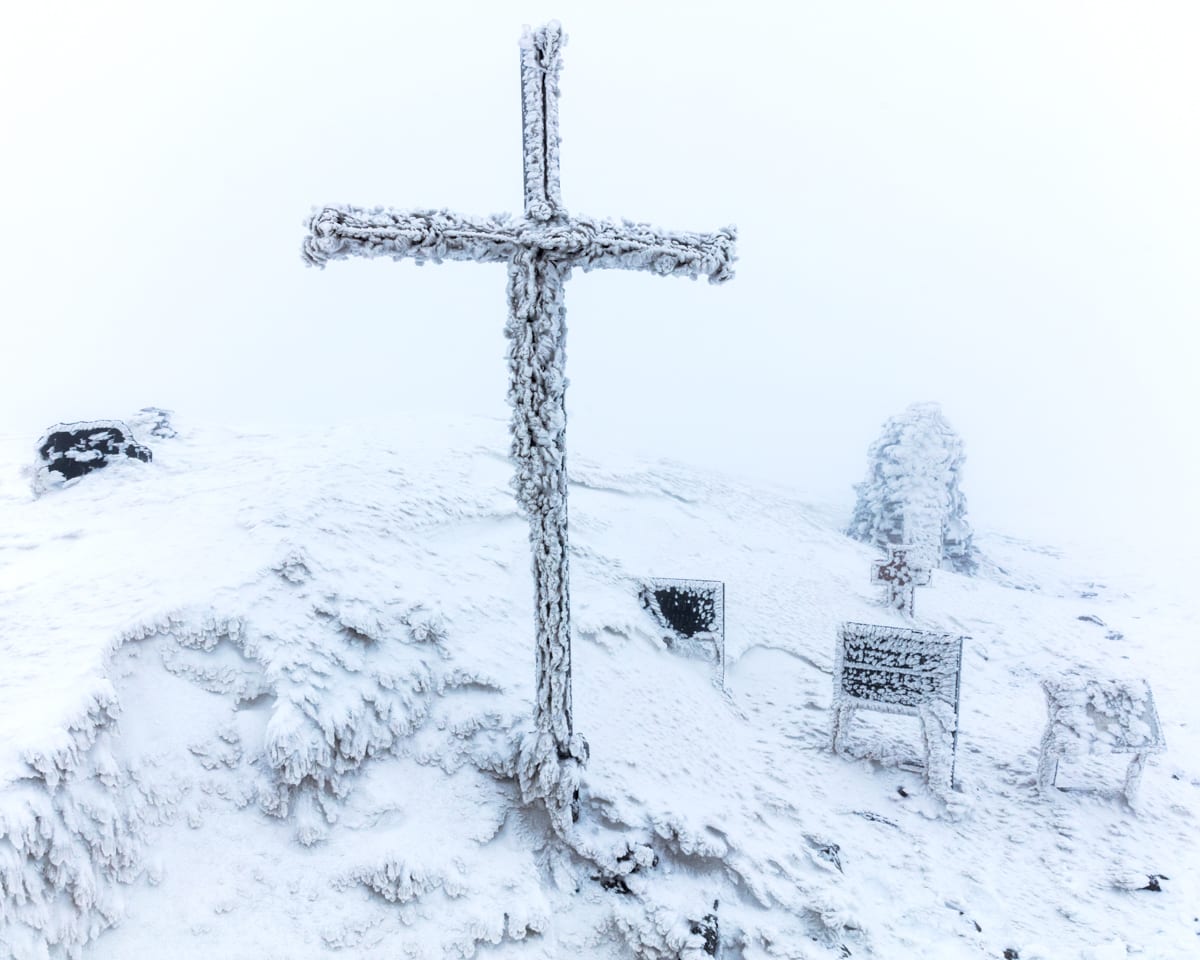
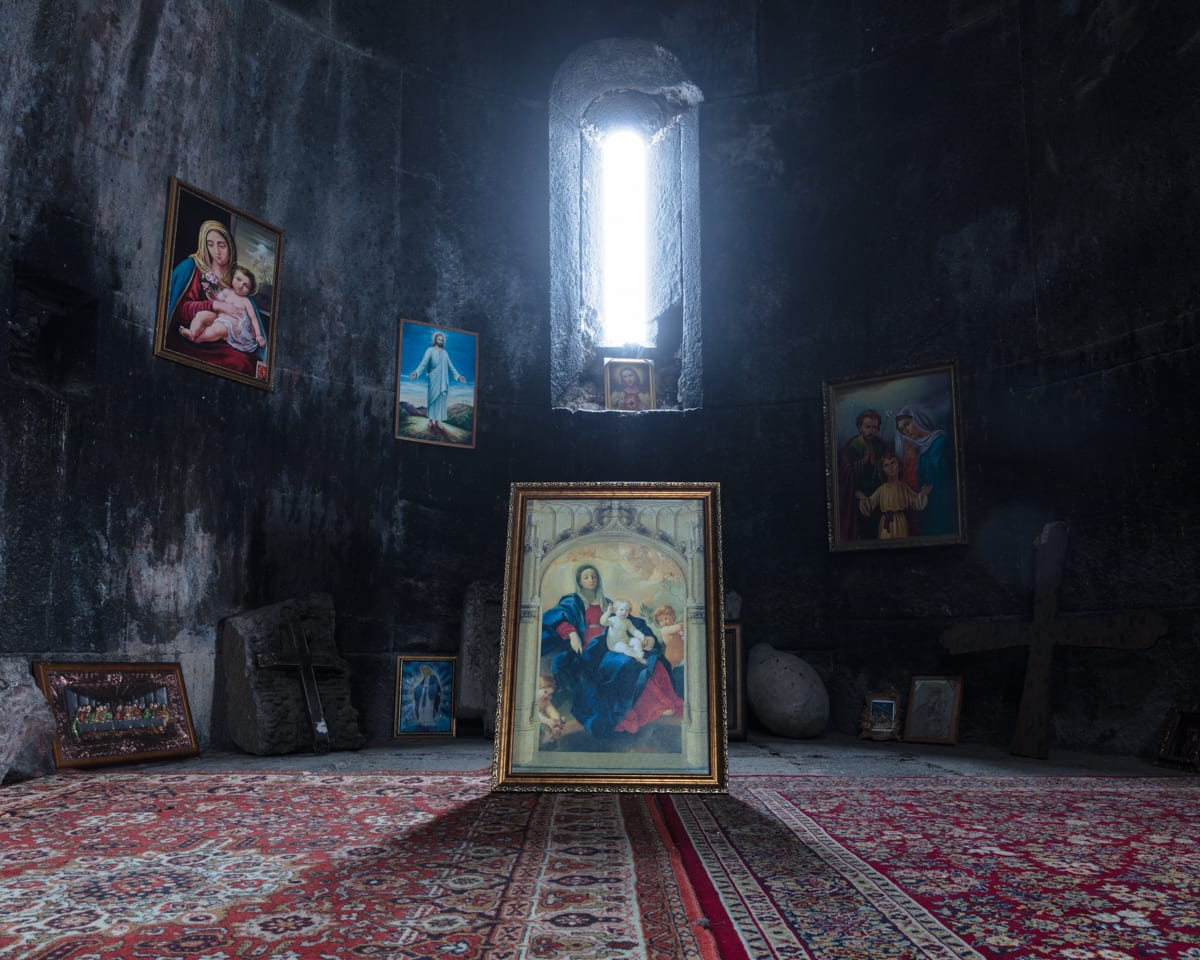
–
Fractured Stories is a British Journal of Photography commission made possible with the generous support of Ecotricity. Please click here for more information on sponsored content funding at British Journal of Photography.

